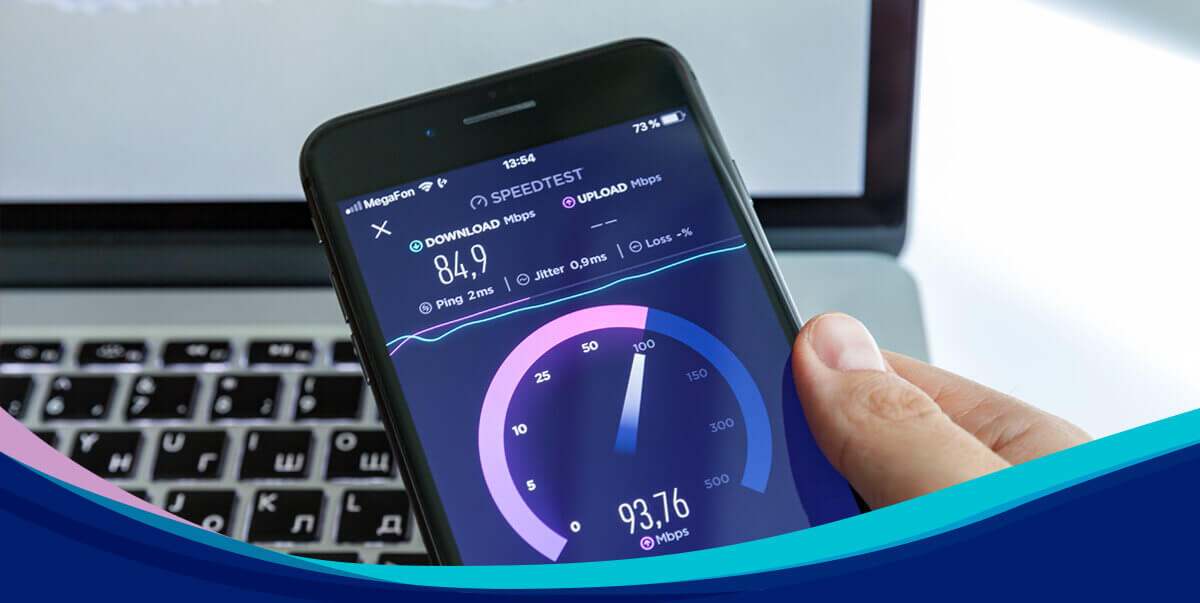MacOS and VPN need to be updated, and there’s nothing to even talk about here, otherwise, you can’t count on high Internet speed. It is advisable to install macOS updates as soon as you receive them. Apple’s update for Macbook may have some connection changes, so the VPN should be updated as well. However, this is not always enough to ensure high Internet speeds with strong security measures. Here are a few ways to speed up the internet on macOS with a VPN.
How to improve your VPN speeds?
#1 Connect to a server closer
Generally, the VPN server’s proximity to your actual location directly affects the speed of your connection. Opting for a nearby server significantly reduces the physical distance your traffic needs to travel through the VPN server. Thus, if you find yourself in Boston, connecting to a VPN server in New York City or Montreal would result in a noticeably faster VPN connection compared to connecting to a server in Sydney or Tokyo. Of course, this approach might not always be feasible, especially when you need to stream content from a specific country or access a gaming server located elsewhere. Nevertheless, when speed is paramount, consider experimenting with multiple VPN servers close to your physical location to identify those offering the swiftest performance. While some VPNs offer built-in speed test features, you can use external websites like Ookla Speedtest to assess your connection speed.
#2 Change your VPN provider
Not all VPN apps are the same. Each provider offers its own level of service, and for many, it is quite low. If your Mac VPN is slowing down your internet speed, maybe dropping your connection completely, try switching to a different provider. One of the preferred solutions is VeePN for MacBook, which has an extensive network of servers and all of them are high-speed. With the right VPN for Mac, you can feel safe and have no network speed issues. VeePN is your key.
#3 Restart your router and other devices
When was the latest time you gave your tech devices a fresh start? Just like anything else, gadgets such as your computer and router require occasional relaxation. By restarting your computer, you’ll provide it with the necessary rejuvenation, clear up some memory, and optimize its performance. So, as cliché as it may sound, attempt powering it down and then on again. Observe the positive impact on your VPN speeds.
#4 Use a wired connection
Opting for a wired connection generally offers superior speed compared to Wi-Fi. It’s likely that you have multiple devices connected to your home Wi-Fi network, all vying for resources on the same wireless channel. Consequently, this can lead to an unstable internet connection and slower speeds. If you possess suitable equipment, consider establishing a wired connection by connecting your computer directly to the router via an ethernet cable, and then connecting to your VPN.
#5 Try connecting via a different VPN protocol
A VPN protocol acts as a set of instructions, establishing a secure connection between your device’s VPN app and the VPN server. Multiple protocols are available, allowing you to select the most suitable option based on speed and security requirements. Currently, OpenVPN stands as the industry-leading protocol due to its extensive testing, combining speed, stability, and security. VeePN’s VPN free for Edge has other useful protocols to choose from. Additionally, emerging protocols such as IKEv2 and WireGuard offer faster speeds with exceptional security, presenting alternative choices for VPN providers.
#6 Avoid overloaded servers
When numerous individuals utilize a solitary VPN server, it can become overloaded, negatively affecting your connection speed. Certain VPN providers showcase the present server load in their applications or on their websites. Opting for one with a lighter load usually results in faster speeds. If your VPN provider does not display the current load on its servers, attempt connecting to multiple servers to determine which gives you the fastest speeds. Occasionally, a bit of experimentation is necessary.
#7 Enable split tunneling if available
If your VPN service provider offers split tunneling, consider enabling this feature to potentially enhance your VPN speeds. By selectively routing specific traffic through your VPN connection while leaving the rest unencrypted on your regular internet connection, split tunneling allows you to optimize your VPN speeds for particular activities. For instance, if you’re using your VPN for streaming, allocate solely your streaming traffic through the VPN, avoiding any impact on your online gaming experience. This way, unnecessary traffic won’t burden your bandwidth, resulting in improved VPN performance.
Conclusion
VPN and macOS compatibility is not something you need to worry too much about. It is more important to choose the right VPN provider, and the speed and quality of the service really depend on this. Try the tips above to get your internet speed back with minimal effort.
https://basic-tutorials.com/special/vpn-and-macos-updates-ensuring-compatibility-and-smooth-performance/







